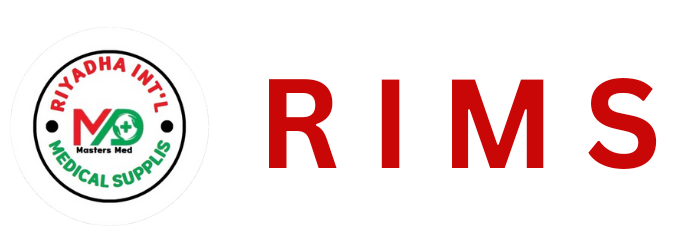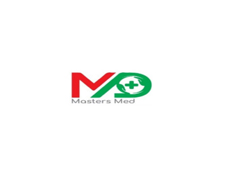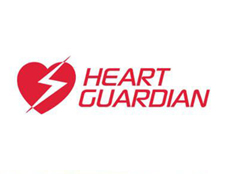Orthopaedic items
Orthopedics focuses on treating the musculoskeletal system. This system comprises muscles, bones, joints, ligaments, and tendons. A person who specializes in orthopedics is known as an orthopedist.Orthopedists use surgical and nonsurgical approaches to treat musculoskeletal issues, such as sports injuries, joint pain, and back problems.
Shapewear - Posture Corrector
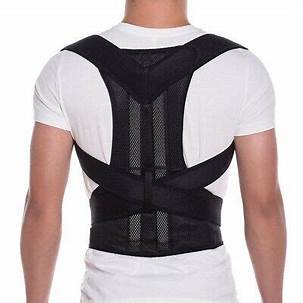
Reduce back pain and improve posture: soft cushioning breathable support belt and wider straps make it comfortable to wear and keep cool, while maintaining the correct posture, the additional armpit cushion on the shoulder strap can be adjusted to ensure that it does not penetrate into the armpit Or hurt the skin.
Finger Splint

Finger splints come in lots of shapes, sizes and materials. Your provider will tell you which type you’ll need and how long you’ll need to wear it. Make sure to wear the finger splint as often as your provider instructs. If you take it off too often or don’t wear it as frequently as they suggest, you might reinjure your finger.
Deroyal Rigid Cervical Collar

This product is to be fitted by a physician who is familiar with the purpose for which it is intended. The physician or practitioner is responsible for providing wearing instructions and precautions to other healthcare practitioners or healthcare providers involved in the patient’s care as well as the patient.
Shoulder Arm Sling

After an injury to your shoulder, elbow, arm, or wrist, you might need to wear a sling to protect it while you’re healing. A shoulder sling keeps your arm against your body and prevents you from moving it too much. However, if you wear a shoulder sling the wrong way, you might slow healing or injure your arm more.
Walker Air Boot
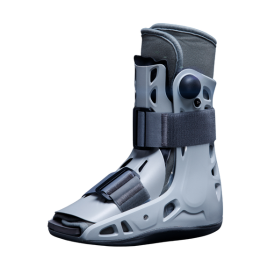
A Walker Air Boot is a medical device designed to immobilize and support the foot and ankle during recovery from injuries such as fractures or sprains. It features an adjustable air bladder system that provides customized compression and stability. Lightweight and durable, it allows for limited mobility while promoting healing.
Cervical Collar
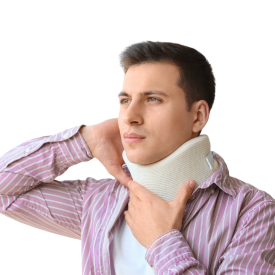
A cervical collar is a neck brace used to support and immobilize the neck following injuries, surgery, or medical conditions like cervical spondylosis. It helps reduce neck movement to prevent further damage and aid healing. Available in soft and rigid types, it provides varying levels of support.
